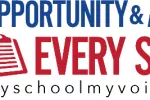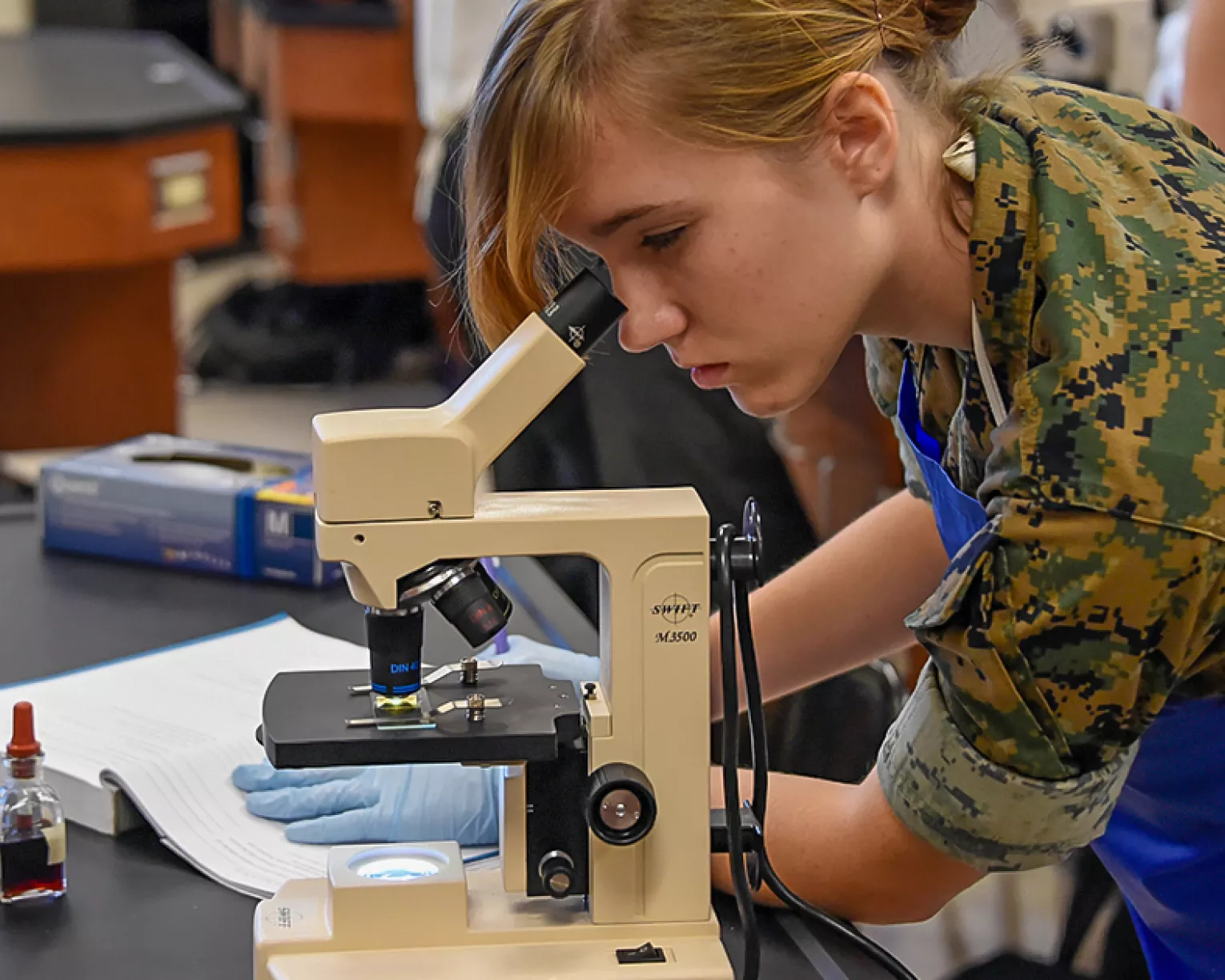
Funding
$374.8M, allocated by formula
Eligibility
SEAs, a consortium of SEAs, LEAs, institutions of higher education, and other public and private entities
Sample Use of Funds
SEAs and LEAs have flexibility to carry out a wide variety of activities consistent with their specific needs. Activities could include:
- Supporting high-quality and comprehensive educational programs and services during the school year and, as applicable, during summer or intersession periods, that address the unique educational needs of migratory children, including preschool migratory children and migratory children who have dropped out of school;
- Offering family literacy services if the program or project serves a substantial number of migratory children whose parents do not have a high school diploma or its recognized equivalent or who have low levels of literacy;
- Promoting interstate and intrastate coordination of services for migratory children, including providing for educational continuity through the timely transfer of pertinent school records, including information on health, when children move from one school to another, whether or not such move occurs during the regular school year;
- Providing for the integration of information technology into educational and related programs.
For all uses of funds, see the complete ESSA Federal Funding Guide (PDF).
This grant has an extensive list of uses of funds. View the complete ESSA Federal Funding Guide below for the full list.
Key Provision: Eligible Children
Children of migratory agricultural workers or migratory fishers, or who are migratory agricultural workers or fishers themselves, and who have made a "qualifying move“ within the last 3 years. A move is considered to be a qualifying move if it is a change of residence due to economic necessity and (1) involves crossing school district boundaries; (2) is made in order to obtain, or resulted in, temporary or seasonal work in agriculture or fishing; and (3) was made in the preceding 36 months.
For more information, contact Tom Zembar at 202.822.7109 or [email protected]
Next Steps

You have a right to know if your state or district applied for the funds and influence how they are spent. Most grants have already been disbursed to your state and district, but others may require an application.
Once you find a grant, make sure it’s appropriate for your intended use. Then, contact your local NEA Affiliate to organize an effort to hold your district and state accountable for how the money is used.
Suggested Further Reading
Are you an affiliate?

